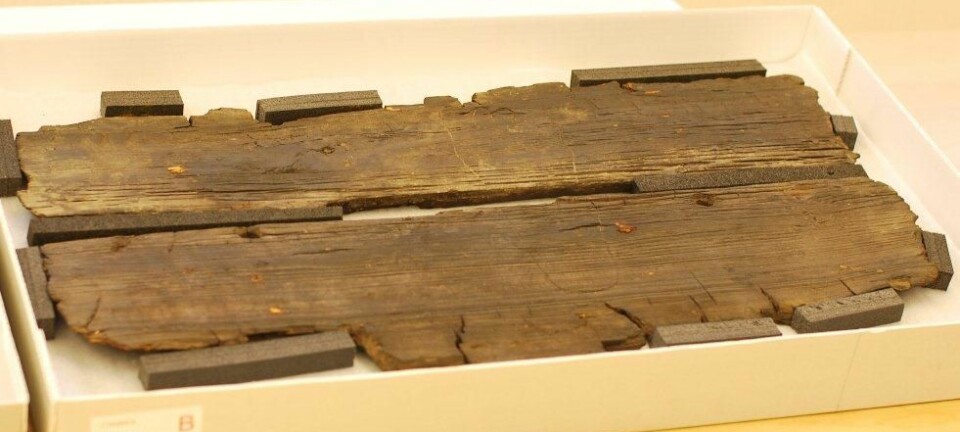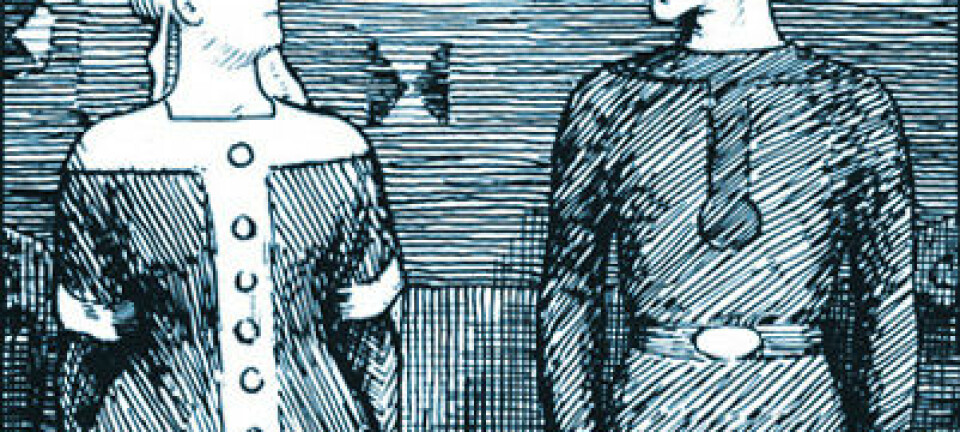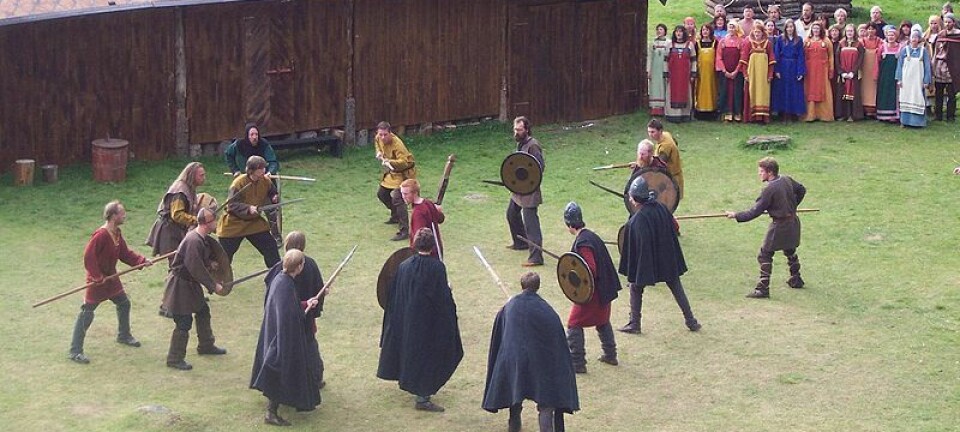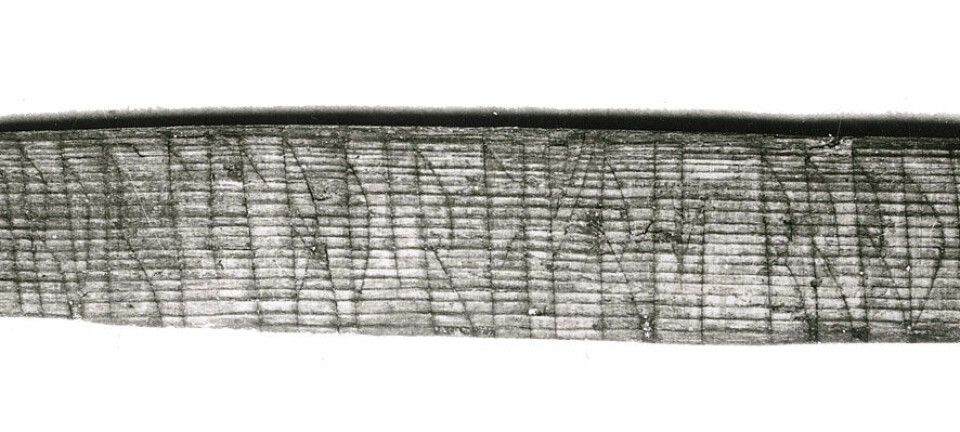
New light shed on the Viking Age: Scandinavia’s oldest town was built 70 years earlier than thought
The Danish town Ribe is the oldest town in Scandinavia. Now a new study suggests that Ribe may have become a town much earlier than thought.
A new study has moved Scandinavian urban history almost 100 years further back in time.
Scandinavia's first town, Ribe, was built on Danish soil. Until now archaeologists have thought that Ribe was built in the end of the eighth century, now a new study suggests the town was built in the early eighth century.
"Ribe was where the urbanisation of all Scandinavia began. If Ribe began to become a town already in the early eighth century, this was long before the beginning of the Viking age, which sheds new light on our conception of this period," says the study's author Sarah Croix from Aarhus University.
“In her study Croix has shown that the model we have worked with for the past 30 years is not accurate,” says Professor and head of research Søren Sindbæk from Aarhus University, who believes the study will be of huge significance for Viking archaeology.
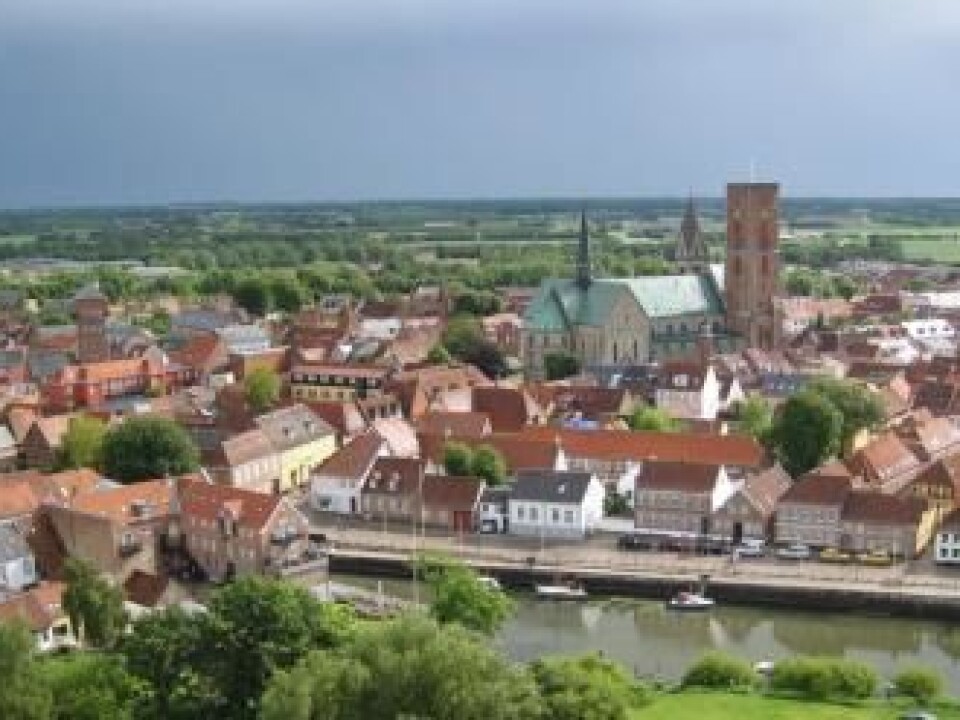
The study was recently published in the European Journal of Archaeology.
Ribe was an important trading centre in Viking times
In the Viking age, all significant trade was by sea. The Vikings sailed to the most important trading centres to buy, sell and trade.
Located on the West coast of Denmark, not far from the North Sea, Ribe was one such trading centre. From its beginning is the early 700s it also functioned as a landing place, what we today would call a harbour. But was it also a town?
This discussion has been circulating among archaeologists since the 1970s, Croix explains.
I feel very sure that Ribe became a town earlier than we previously thought. I would be very glad if I got the chance to dig in Ribe – dig out the final proof myself
"It was thought that it must have been something seasonal, something that wasn't permanent, a place only visited as a trading post once a year. Envisaging the existence of a town –- that is to say permanent habitation -– from the very start, is a rather revolutionary idea. However, I have found clear evidence of this in regards to Ribe."
Several signs of permanent habitation
Croix based her analysis on the following facts:
-
The soil in the excavation area was levelled by blocks of turf. This was a big job which would only be worth it if the plan was long-term habitation.
-
Textile-making tools were found on the site, including loom weights. Although textile making in itself is not evidence of permanent habitation, it does strongly suggest this, because it strongly suggest that women were among the site's inhabitants from the start. Their existence makes it possible that there was family life on the site, since most merchants were men.
- Fragments of grinding slabs used to grind grain to flour; four of which can be dated to the earliest period of Ribe's beginning. The fragmented state of the slabs suggests they were used in daily housekeeping.
Sturdy house structure indicates permanent living
The most important piece of evidence of Croix's analyses is neither the tools nor other odds and ends in the soil, it is actually an entire house.
The remains of the house are located outside the main excavation area. This means, among other things, that they have not succeeded in finding a hearth, which is otherwise considered crucial for a house to be considered a permanent residence.
However, on the basis of available data Croix has been able to conclude:
-
The house had a floor of hard-stamped clay – which would quickly have been washed away had it been a temporary home.
-
The house was at least six metres long.
-
Its walls were made of wickerwork.
- The structure resembles other permanent residences in other Viking towns such as Kaupang in Norway, Birka in Sweden and several located in the UK.
Porfessor Sindbæk is also convinced by Croix’s new evaluation:
"Croix has found a house that stood on the site all year round, which makes a sound argument against the idea that the place was only a camp or a seasonal site."
Further excavations will make us wiser
Of course, it takes more than the single house to convince sceptical archaeologists. For this reason, Croix has been on the hunt in the rest of the marketplace for signs of similar structures.
Here she has looked for ditches and post holes. She has found signs that the permanent house was unlikely to have been the only one of its kind. Further excavations will be necessary for a final conclusion to be drawn, explains Croix.
Norwegian Professor Dagfinn Skre, from the Museum of Cultural History in Oslo, finds Croix’s study highly important. He reached the conflicting conclusion in 2007: that Ribe did not become a town until around 780. But the content of the new scientific article is most convincing, he says.
"If this is right, it's a great result, and Croix has excellent arguments. But final confirmation of whether Ribe was a town already in the early eighth century will require more excavations," says Skre.
Sheds new light on the Viking age
Thought the professional community is calling for more evidence, Croix is certain of her results: Ribe became a town in the early 700s – possibly as early as 705, to which the earliest items on the site have been dated.
"It wasn't initially my ambition to reach this conclusion, but when I suddenly found myself sitting there with the results in my hands, I saw that they would change our current model,” says Croix.
----------------
Read the original story in Danish on Videnskab.dk
Translated by: Hugh Matthews
